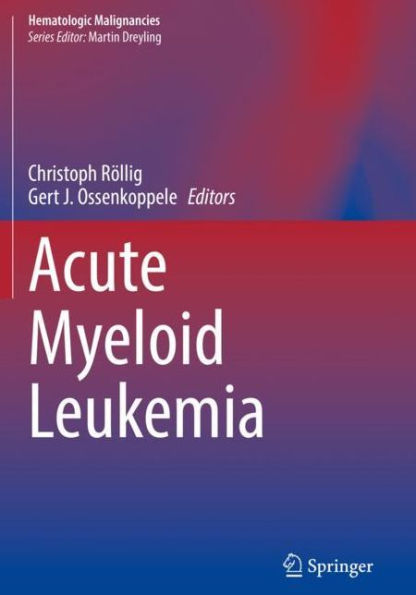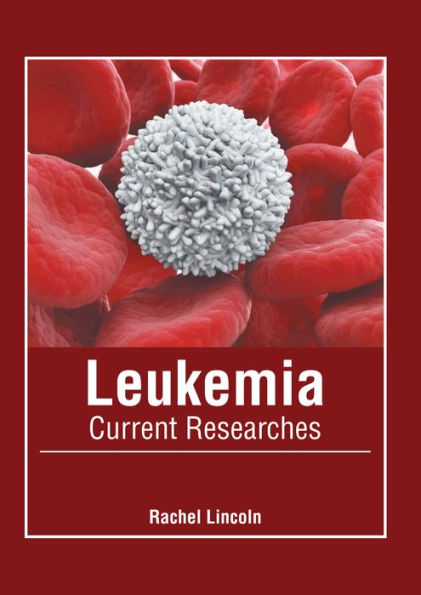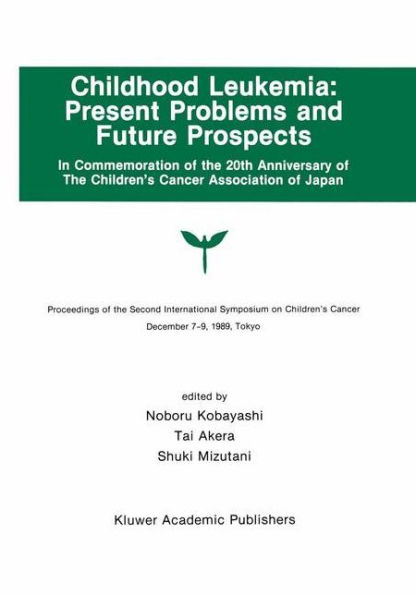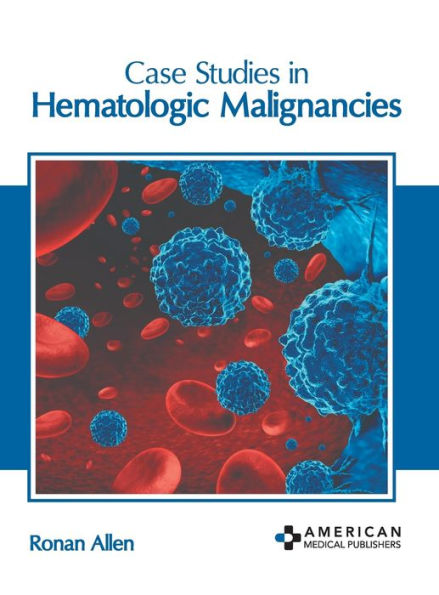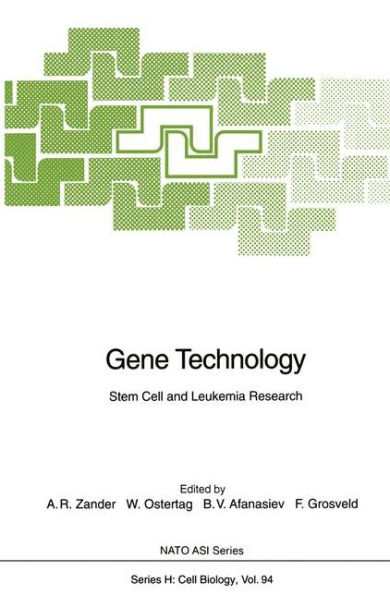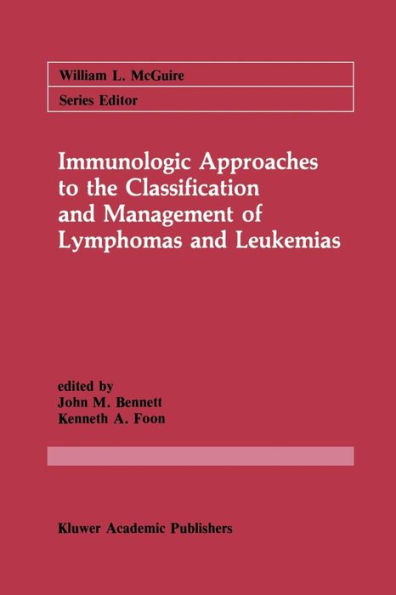Home
Minimal Residual Disease in Acute Leukemia 1986
Loading Inventory...
Barnes and Noble
Minimal Residual Disease in Acute Leukemia 1986
Current price: $219.99


Barnes and Noble
Minimal Residual Disease in Acute Leukemia 1986
Current price: $219.99
Loading Inventory...
Size: OS
*Product Information may vary - to confirm product availability, pricing, and additional information please contact Barnes and Noble
Relapse of leukemia following successful remission-induction therapy remains a major obstacle in the treatment of patients with acute leukemia. Leukemia recurs most frequently in patients with acute myeloblastic leukemia (AML) and high risk acute lymphoblastic leukemia (ALL) following chemotherapy and less often in patients with low risk ALL and particularly in patient groups submitted to allogeneic marrow transplantation. ' It is likely that the great majority of these recurrences originate from residual leukemic cells that survive initial remission-induction chemotherapy. Today, several research groups throughout the world place emphasis on studies concerned with the detection and treatment of 'minimal residual disease' (MRD). These investigations are conducted with the common objective to tackle the remaining cells. 'Minimal Residual Disease in Acute Leukemia: 1986' summarizes the fast advancements in this area. Several disciplines are concerned with the analysis of leukemic cells. The perspectives of cytogenetic and molecular genetic approaches for application in the detection of MRD are reviewed. In this respect, modern cyto genetics provide highly specific tumor markers. The resolution of cyto genetic methods can be particularly improved when combined with other techniques which select relevant subpopulations of cells. Characterization of oncogenes and gene rearrangements, including those of immunoglobulin and T-cell receptor genes, and the measurement of gene products, have been established. Techniques based on these approaches offer interesting tools for the detection of MRD. New possibilities of employing monoclonal antibodies are also presented.
